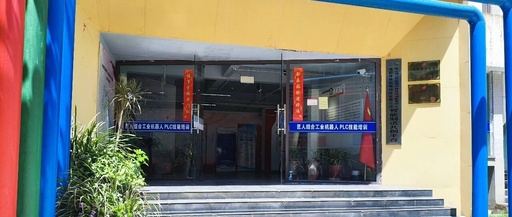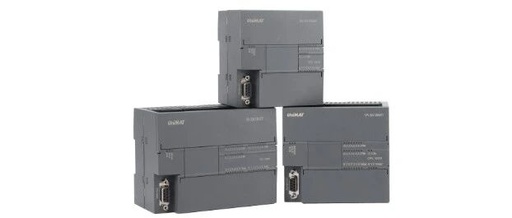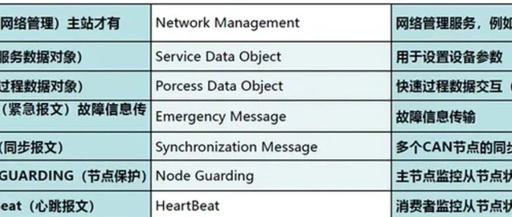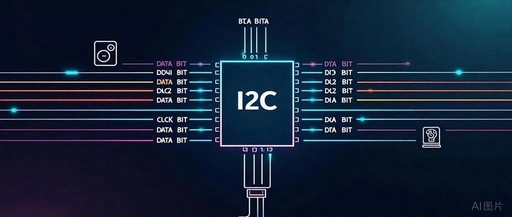Comprehensive Analysis of the MQTT IoT Communication Protocol (Final Part)
The technical sharing related to MQTT will come to a close, and updates on the latest developments regarding MQTT will be provided periodically. Of course, if there are any aspects of MQTT that have not been thoroughly covered or if you have better suggestions, feel free to leave a comment. We will normally supplement based … Read more









